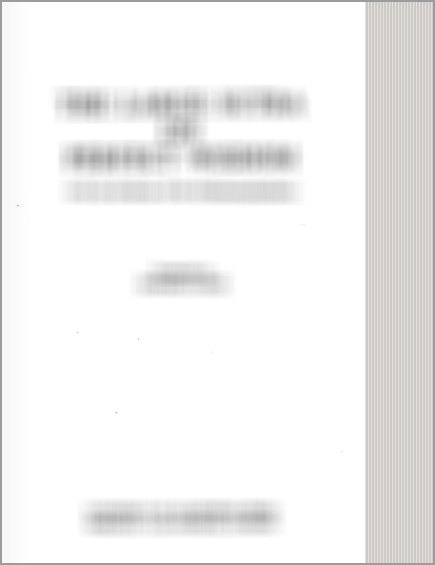Temples in and around Madurantakam
by B. Mekala | 2016 | 71,416 words
This essay studies the Temples found around Madurantakam, a town and municipality in Kancheepuram (Kanchipuram) District in the Indian state of Tamil Nadu. Madurantakam is one of the sacred holy places visited by Saint Ramanuja. It is also a region blessed with many renowned temples which, even though dating to at least the 10th century, yet they c...
Signatory (signing authority)
The term, ‘Signatory’ means signing authority. During the time of Aditya-II Karikala, land transactions and investigation of the affairs were signed by signatories. There are five inscriptions that revealed the names of the signatories. A lithic record referred to Airyathu Munuruvan, an officer who had signed for land transaction (i.e., sale of land) as a signatory. It has been referred to in the inscription as follows “Airyathu Munuruvan Elluthu”[1] Another lithic record denoted the sale of land to Koyilmayilai alias Parantaka -Muvendavelan by the Assembly, which he presented as a Bhattavritti to those who expounded Prabhakaram in the temple. This land transaction was signed by a signatory named Parantaka.[2]
Another lithic record recorded the investigation (arachchi) of the affairs of the Temple by Muvendavelar. It was signed by a signatory called Nagarasan.[3] Yet another lithic record signified the name of signatory as Perunkavithi Elluthu. It also recorded gift of dining untensils and money in gold by a private individual from the interest on which one person was to be sumptuously fed daily.[4] Another lithic record identified three signatories such as “Tirumandira olai Eluthu, Tiyakavinotha Muvendavella Eluthu, and Vanatharayan Eluthu”[5]
Footnotes and references:
[1]:
A.R.E., 224 of 1911.
[2]:
A.R.E., 233 of 1911.
[3]:
A.R.E., 574 of 1971.
[4]:
A.R.E., 610 of 1920.
[5]:
A.R.E., 672 of 1909.
